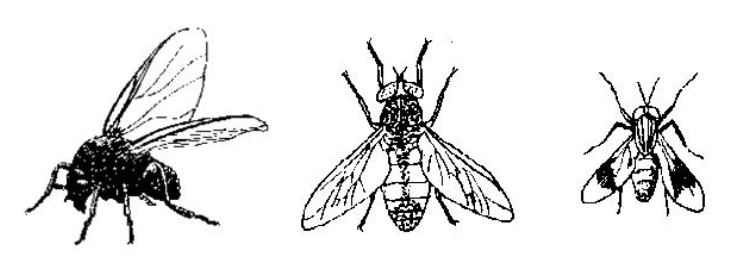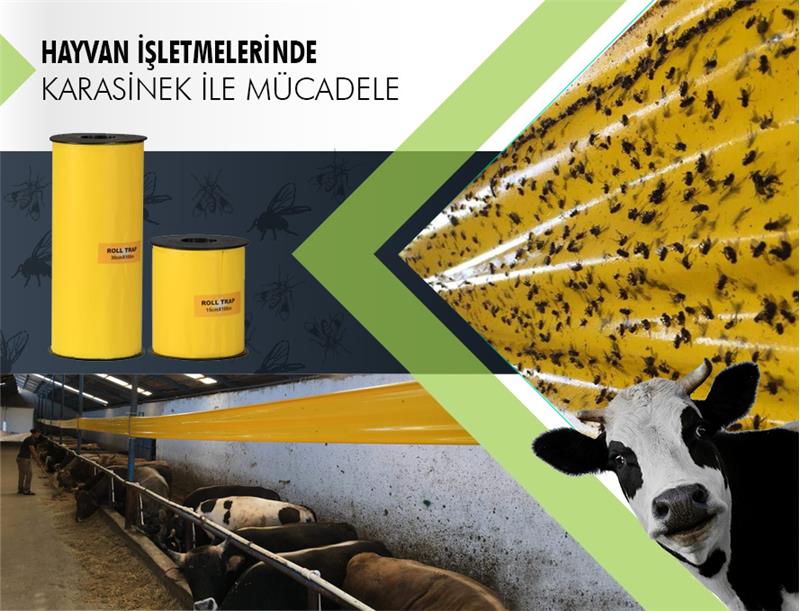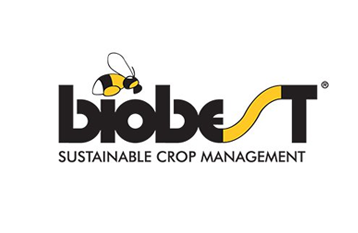OUR R&D STUDIES ON FIGHTING HOUSEHOLD IN LIVESTOCK FACILITIES
Fighting Houseflies in Cattle Breeding
Flies cause economic losses in cattle breeding due to the diseases they cause and the loss of yield. Economic losses are reported if there are 100 flies on each side of a cattle or if there are more than 200 flies on the cattle in total.
Instead of consuming cattle feed, it deals with the fight against flies. In this way, flies can prevent the bull from mating, causing loss of milk yield and a decrease in live weight in dairy cows and a decrease in weaning weights in calves. Loss of flies to growers in the USA is 876 million dollars per year. In the studies conducted in the USA and Canada, it was determined that the pollen kept in an environment without flies showed 5 - 8 kg more live weight gain than the pollen kept in the place where these flies are concentrated. In addition, it was determined that the calves showed 5 - 7 kg higher weaning weight. It has been determined that there is a 20% decrease in milk yield in cows disturbed by flies. In another study with heifers, it was determined that in 89 days in a place where fly control is carried out, they reach around 152 kilograms, while in a place where there is no fly control, they stay around 100 kg. This is in weight
While this advantage is provided, it is claimed that there will be an improvement, albeit indirectly, in the pregnancy and progeny of these heifers, so that the economic gain will be more than the prevention of weight loss. However, there is not one species in the fly, and many types are included in the definition of the fly. Below are pictures of the main flies that are a problem in cattle breeding.
Housefly
horse fly
deer fly
Some of these flies travel around the eyes, mouth and nose of the cattle and feed on the secretions here, causing various infections and discomfort in the eyes.


They are also carriers for the transmission of pink eye disease from one cattle to another. While other blood-fed flies disturb the cattle and cause low productivity, in addition to this, various blood-borne diseases can rapidly increase in the herd.
cause their spread.
face fly
house fly
Fly control, if more than 200 flies (this number is reported as 50 fly/cattle in some studies) on a cattle, fly control is economically feasible. Any of the fly control programs to be used will reduce this number below 200. However, flies are also capable of developing resistance to various insecticides used. For this reason, it is recommended to use the drugs to be used alternately over time. An important point to remember is that the larvae of flies reproduce in fresh manure piles and the majority of flies begin to reproduce when they find suitable places in barns and pastures.
Kaynak : Prof. Dr. Serap GÖNCÜ









